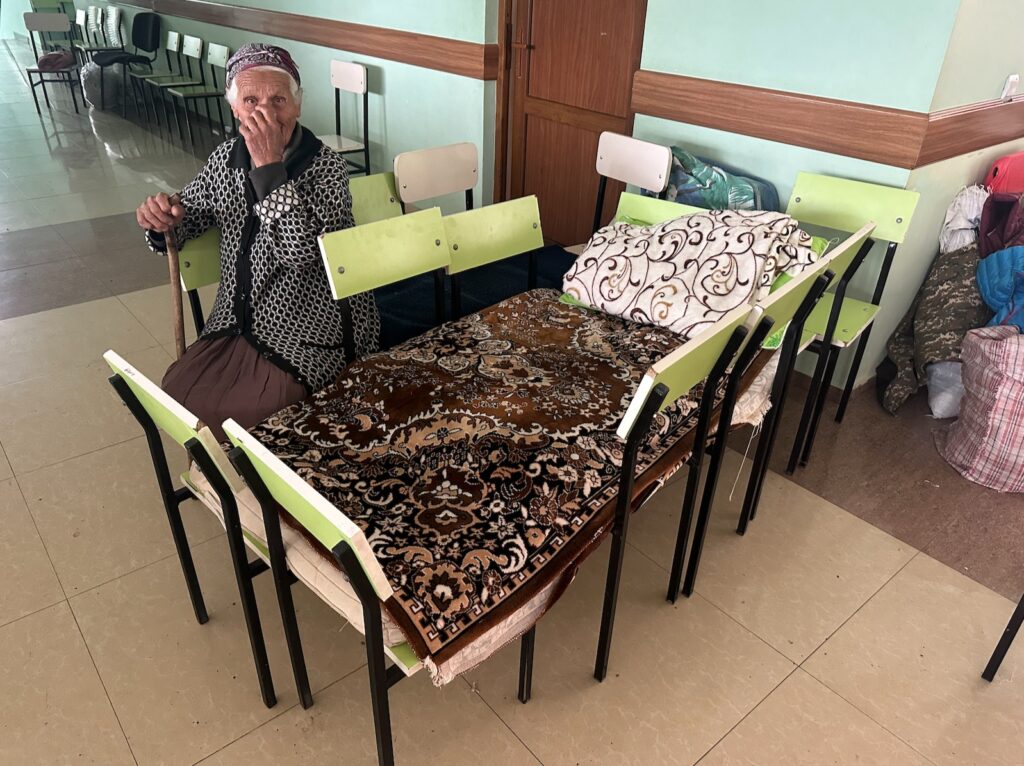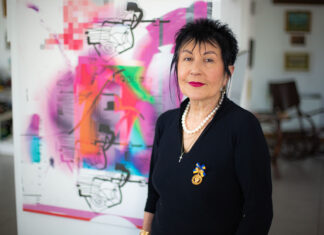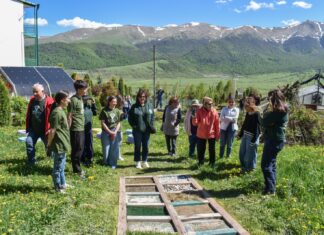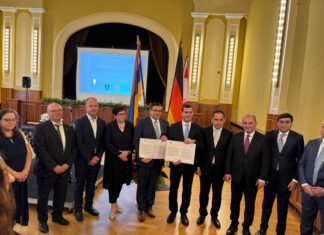YEREVAN — The shock is gone, and so is the attention, it seems. What bothers Artsakh (Karabakh) Armenians after the ethnic cleansing, in their new lives in Armenia?
“All the same, Stepanakert is a wonderful city… I am there every night in my dreams. I saw the cars flying through the streets like airplanes. Just as we see on the Internet what the future cities will be like,” says Armen Mirzoyan, who was forcibly displaced from Artsakh in September 2023 and now lives in Abovyan, Armenia. “I was breathing there, the nature was different there, the air was different, everything was different. Everyone is guilty for this disaster. If you can’t keep something, they take it from you. I wonder if the Azerbaijanis will be able to live in Stepanakert,” he asks, before answering himself, “I don’t think so.”
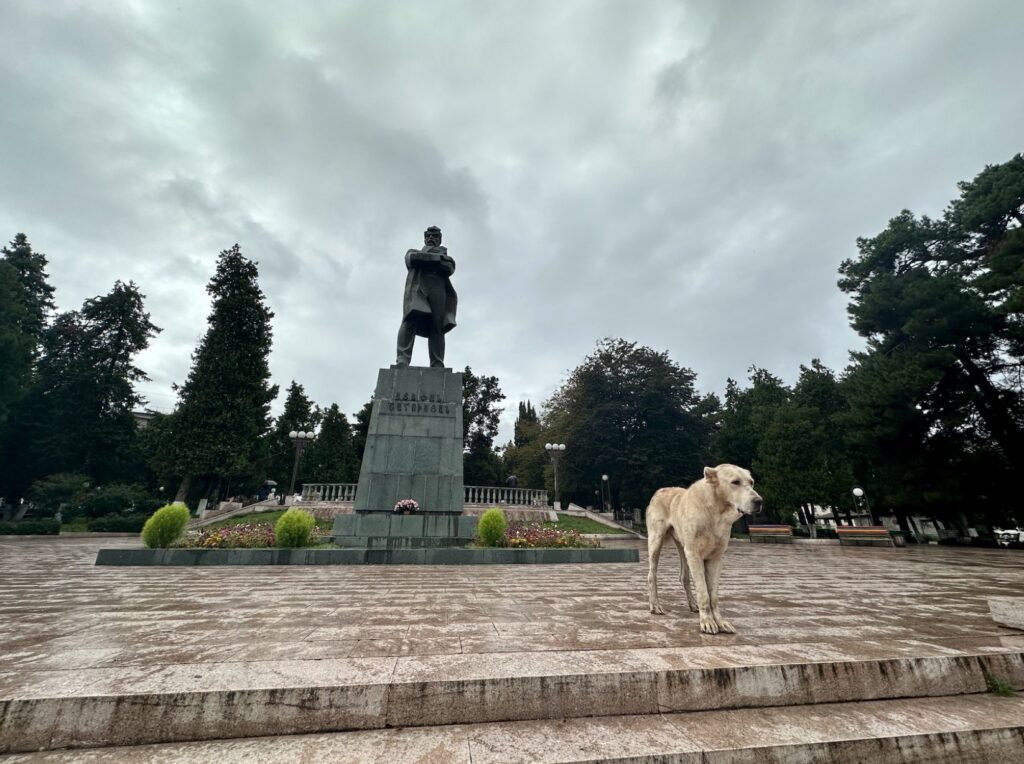
In the days prior to this disaster, the majority of the Armenians of Artsakh came to Armenia (directly to Yerevan) for two reasons, either for medical treatment or for education. In Artsakh, everyone lived in their own town or village and spoke the subdialect of their region. Whenever they met in the Artsakh’s capital, Stepanakert, it became clear from each other’s accents who was from which region of Artsakh — Martakert, Martuni or Hadrut. However, the situation is so shocking that six months later, the Artsakh Armenians still don’t understand why they ended up in Armenia, although it is also their homeland.
Mirzoyan continues to muse, “The Armenians of Artsakh don’t want to accept Armenian citizenship. They think that they will return to their home soon; after all, the cemeteries of our loved ones are there, aren’t they? Do you think that Azerbaijan will be able to fill Stepanakert with its citizens? Maybe Aghdam, but not Stepanakert, which always was Armenian. I wonder if they will extract the gold from Artsakh [the Kashen gold mine]? I don’t know in what capacity, but Armenians should live in Artsakh. How do they live in Javakhk (Javakheti)? I don’t know what to do for this life to make it better.”

Today, the entire population of Artsakh, spread across Armenia, faces various socio-psychological problems. From the beginning, there was a lot of talk about how to organize the life of Artsakh Armenians in Armenia. There was a suggestion that it would be good to place them in Syunik, because the dialects of Artsakh and Syunik are similar. But the reality is different. The fact is that these new refugees live where they can at the moment. Others who have the opportunity, unable to endure the difficult social situation or simply to seek the good life, are emigrating. It is not easy to go to another country. It is worse in Russia now, they say, while going to Europe or the U.S. seems as impossible as returning to Artsakh.
According to the National Security Service of Armenia, more than 6,000 Artsakh citizens have already left Armenia.
